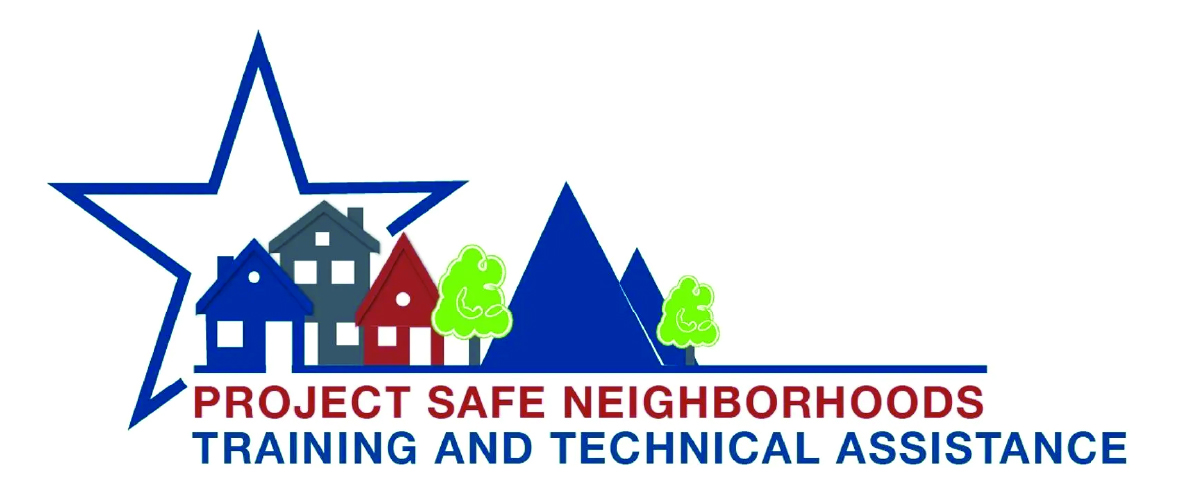Project Safe Neighborhoods and Violent Crime Trends in US Cities: Assessing Violent Crime Impact
Since the mid-1990s, a number of initiatives intended to address gang, gun, and drug-related violence have arisen and demonstrated promise in reducing levels of violent crime. These initiatives have employed some combination of focused deterrence and problem-solving processes. These strategies formed the basis for Project Safe Neighborhoods (PSN), a national program implemented by the Department of Justice and coordinated by US Attorneys’ Offices. This paper is an initial attempt to assess the potential impact of the nationally implemented PSN initiative through an analysis of violent crime trends in all US cities with a population of 100,000 or above. While a number of site-specific studies exist examining the potential impact of locally implemented PSN programs, to date no national-level study has examined whether PSN may have had an impact on violent crime trends. Cities included in the current study are distinguished on the basis of whether they were considered a treatment city by the PSN task force and by the level of implementation dosage of the PSN program. This allowed a comparison of 82 treatment cities and 170 non-treatment cities as well as a variable of dosage level. Hierarchical Generalized Linear Models (HGLM) were developed that controlled for other factors that may have affected the level of violent crime across the sample of cities. The results suggested that PSN treatment cities in higher dosage contexts experienced statistically significant, though modest, declines in violent crime whereas non-target cities and low dosage contexts experienced no significant changes in violent crime during the same period. The limitations of this initial analysis are noted but the evidence seems to suggest that the multi-agency, focused deterrence, problem-solving approach holds promise for reducing levels of violent crime. At a minimum, these findings call for continued programmatic experimentation with data-driven, highly focused, deterrence-based violence reduction strategies.
